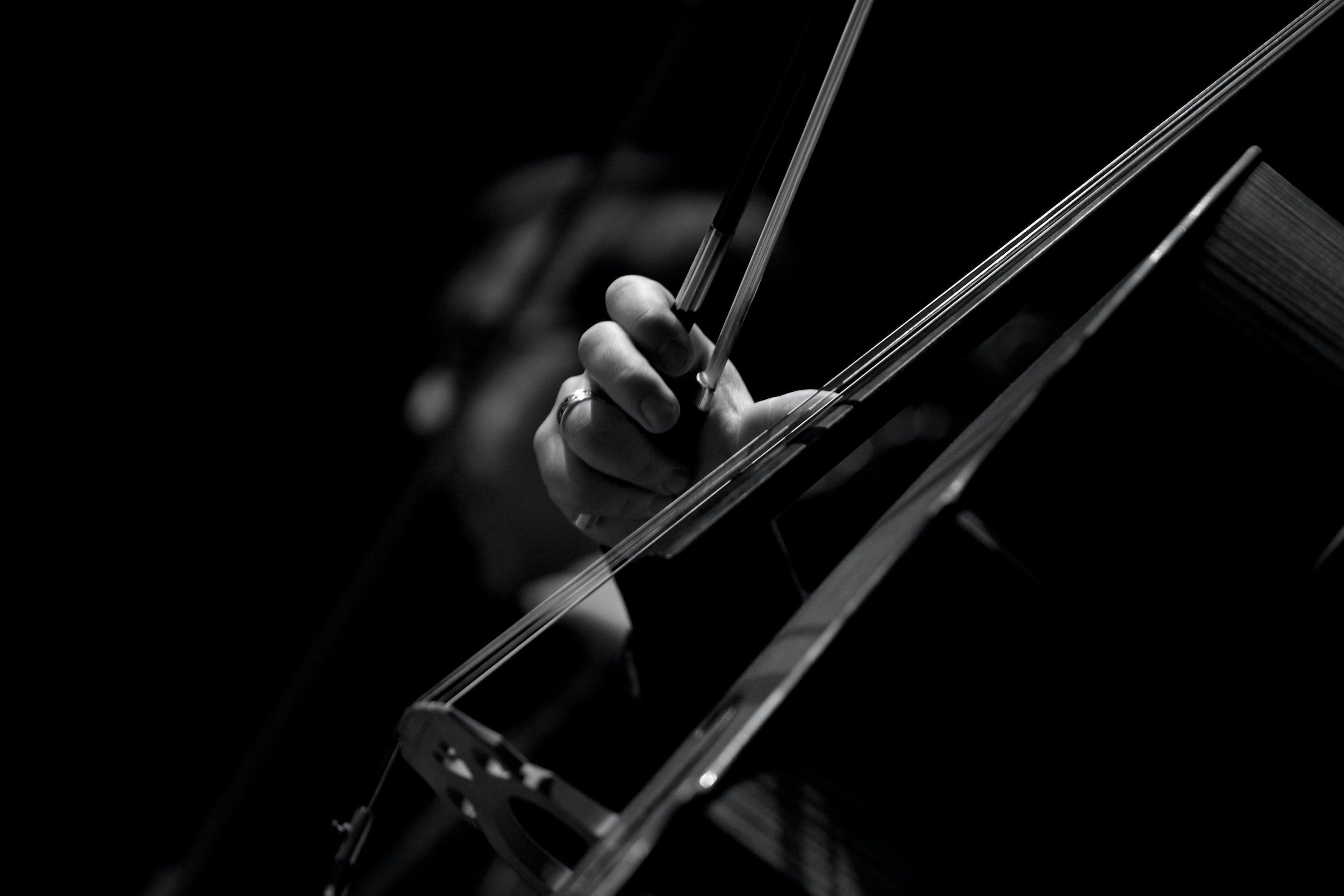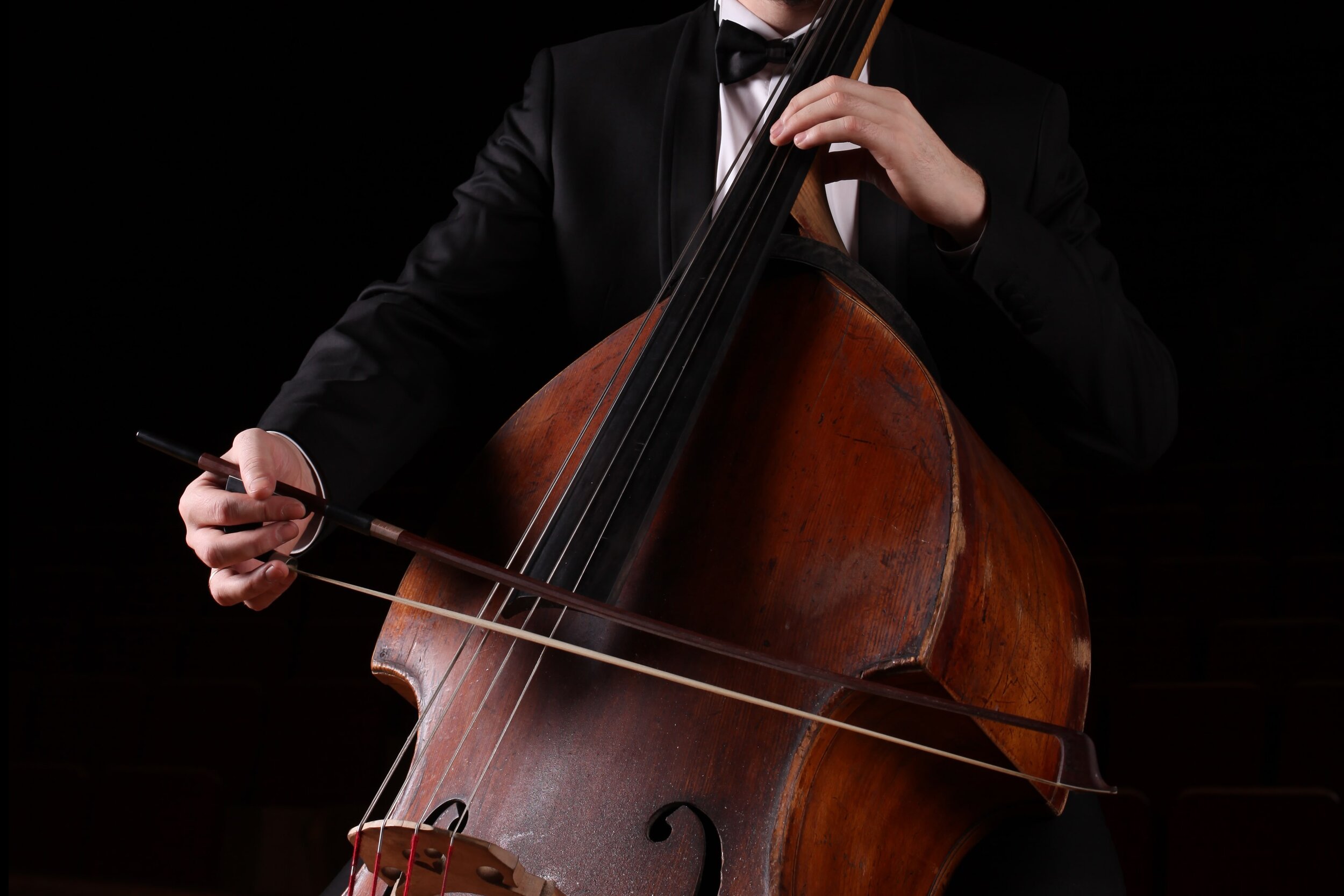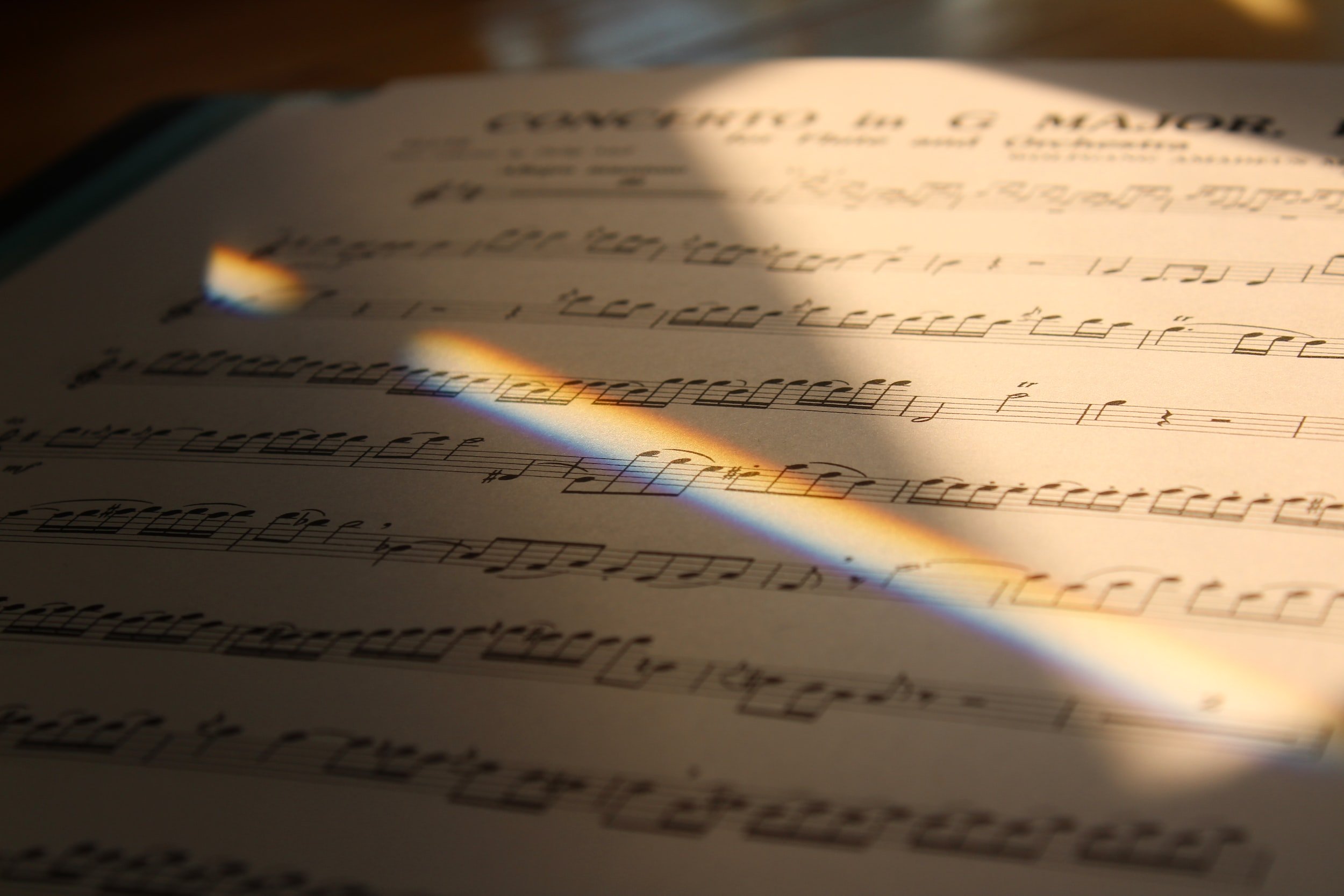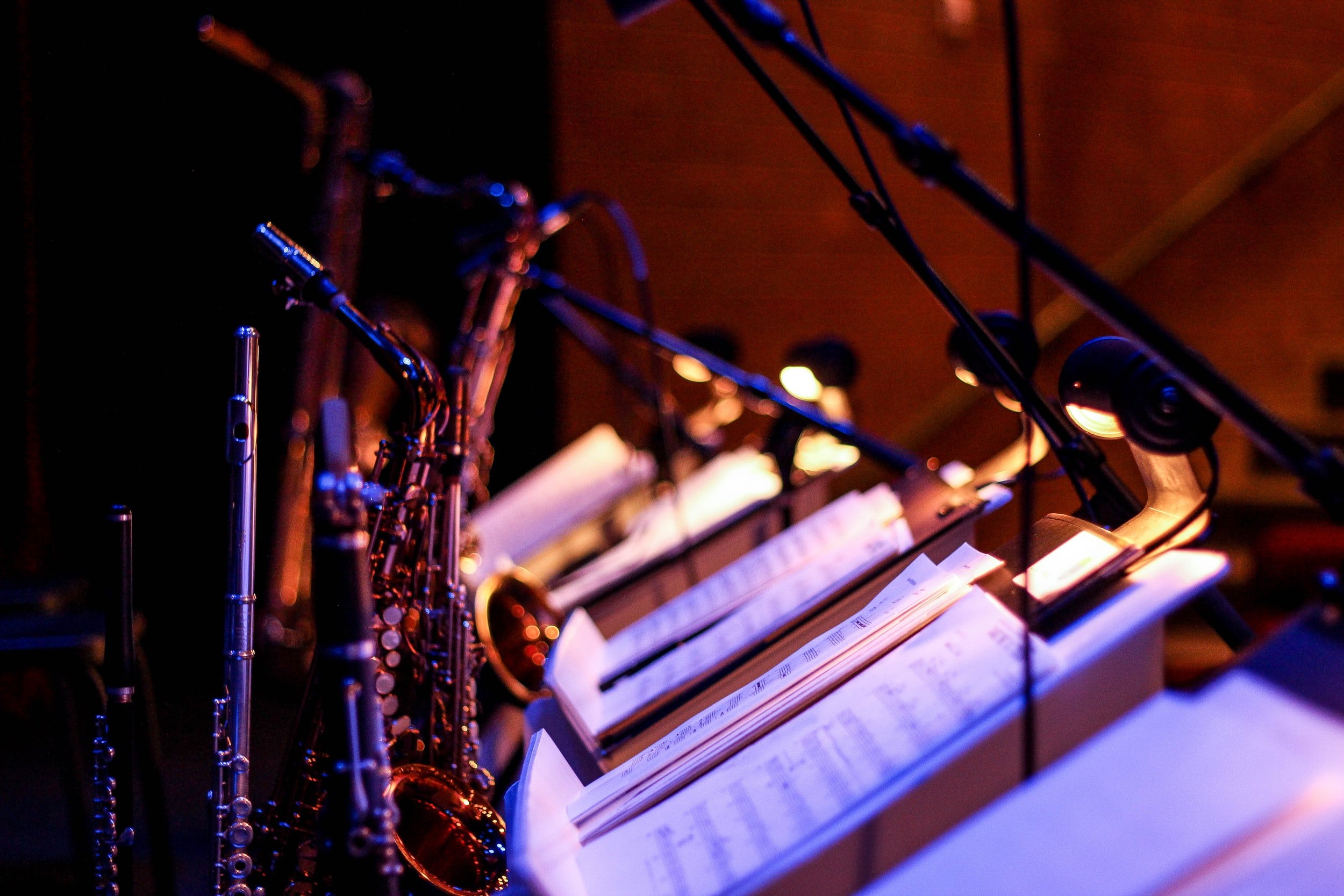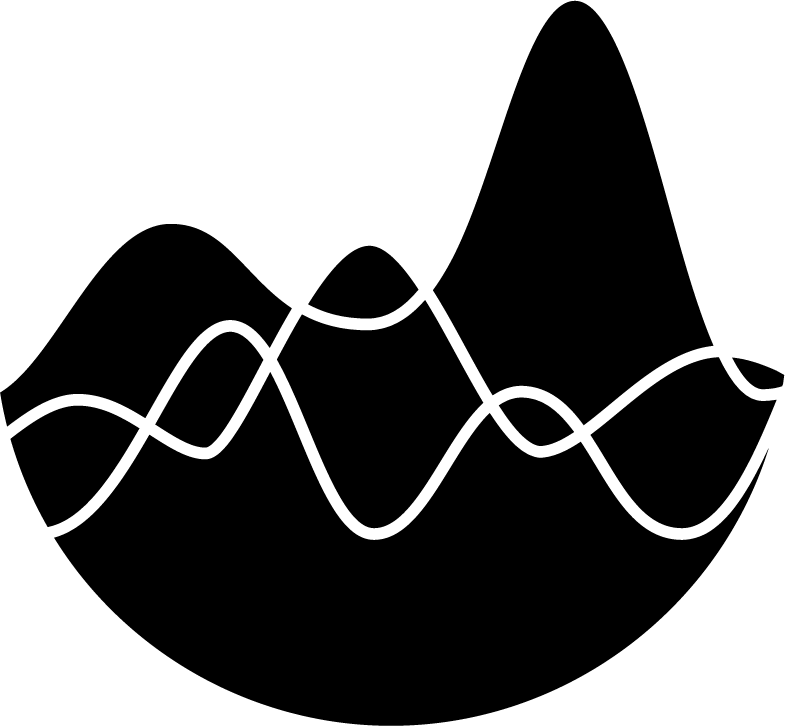Bowed Strings | Viola
Viola
VIOLA.
The viola bears many similarities to the violin. Both are tuned in fifths, both are held in the same position, and both are capable of the same techniques and bowings. The major differences between the instruments are:
viola is tuned down a fifth.
viola is normally written in alto clef, though higher passages, requiring frequent or
multiple ledger lines, may be written in treble clef.
viola is slightly larger and heavier. Having longer strings, pitches are somewhat further
away from one another, requiring a larger stretch to reach comparable intervals, and
making it a bit harder to play in tune.
viola is darker and mellower. The upper register does not share the brilliance of the
violin.
viola is not quite as agile as a violin. That said, first rate violists are capable of playing
anything a violinist could play.
viola harmonics, both natural and artificial, have slightly more body and resonance
than violin harmonics, and are easier to play.
viola quadruple stops are more difficult to play and less effective than those on the
violin.
Violists have become the unfortunate butt of many jokes, infamous for a lack of technique and musicality. In much orchestral literature, particularly before the mid-19th century, many viola parts contained nothing more than sustained pitches and simple accompanimental figures, while the violins shined in all their glory, boasting virtuosic runs and dramatic melodies. While it is true that many elementary and high school violists may be failed violinists who have been reassigned to the viola since nobody else wanted to play it, professional violists are capable of competing with the best violinists. Good violists don’t want to be relegated only to playing the upbeats in an “oom-pah-pah” passage, and are thrilled when allowed to perform melodic passages or technically challenging parts.
The viola is most often scored as the alto voice of the string ensemble. In fact, the word for viola in German is alto. For chordal figures, this instrument often fills out the inner voices. Viola can effectively double the violin in unison, or down an octave, and it is often written in unison or up an octave from the cello. Occasionally the viola is written above the violin, or serves as the bass voice of a passage that is scored relatively high. However, the lowest register of the viola is not nearly as full or rich as that of the cello. The viola often serves an intermediary between the neighboring instruments, perhaps bridging a descending gesture passed from violin to viola to cello.


